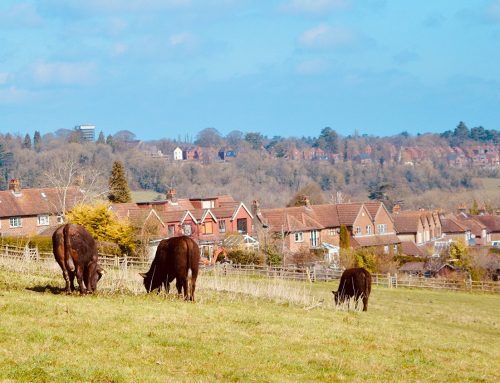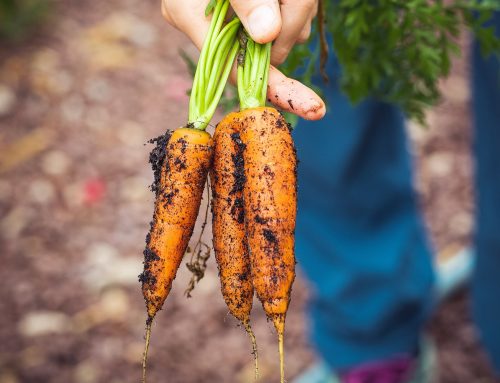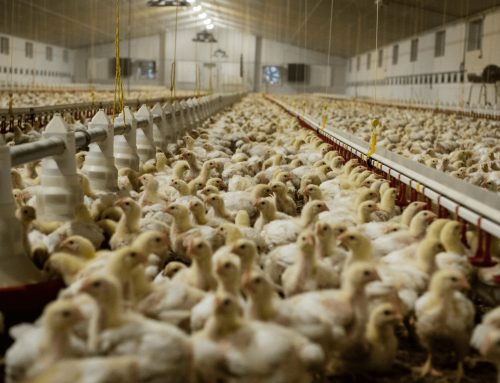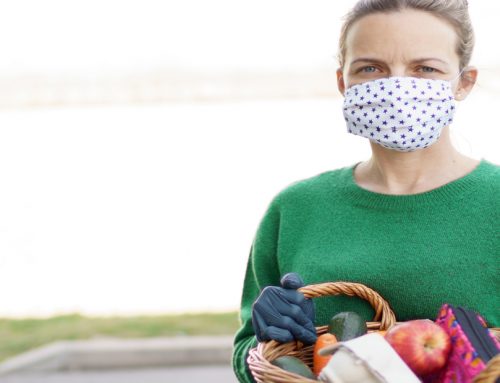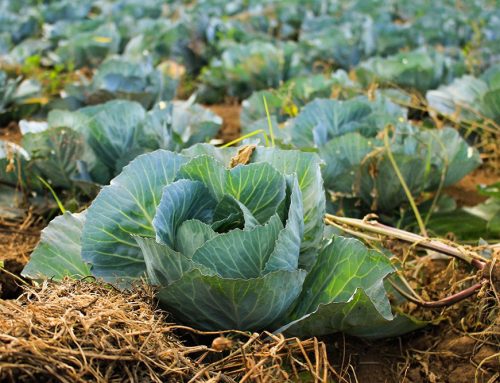
One of the most incredible things about global trade is we can eat almost any food we want, when we want. It can hard to imagine – or we would rather not – just how much energy and precious resources have gone into bringing that fresh, but often out of season, food to our tables. But this convenience, driven by consumer demand no matter the price comes at a huge, hidden cost.
Take a typical proud British chocolate hobnob biscuit from a British shop, manufactured in a British factory. A product that is, in fact, derived using ingredients from all corners of the world! For instance, the salt may come from China; calcium sulphate from India; palm oil from Southeast Asia; whey from New Zealand; milk and wheat from the EU; sugar from the Caribbean; and, of course, cocoa for the actual chocolate from South America. The distance these ingredients travel before they can reach our food cupboards are referred to as food miles.
What Are Food Miles?
Food miles simply put a measure on the total distance food has to travel to get to our table. It can be relatively simple – local lettuce grown in a small-holding, taken to a farmer's market and sold, taken home and consumed with relish. Or, it could be the far more complex example of hobnob, where the food miles for each ingredient needs to be taken into account on a pro-rata basis of the total for each packet.
Subject to the season, the UK produces on average 52% of the food it consumes, according to foodsecurity.ac.uk. Lower in the summer where it peaks at about 63%, and lower in the first months of the year where it can be as low as 28%. Where does the rest come from? We import food and drink from 191 of the worlds 195 countries. In the first half of 2018 alone, we imported close to £24 billion worth of consumable products. According to gov.uk, the weight of these imports was a total of almost 21 million tonnes, the equivalent of almost 3.5 million adult African elephants. The UK’s tastes truly are global, possibly driven by the unique melting pot of ethnicities that we comprise of, and form an integral part of the world’s economy.
There are two problems with this. One, the scarce natural resources that are often already strained in those countries are further stretched. Second, the energy it takes to deliver all of this food to our island. Whether it’s through Planes, Trains and Automobiles, the byproduct of this energy expenditure means carbon. 19 million tonnes of carbon dioxide are released into the atmosphere by food transportation, and the further food travels the greater the food miles and carbon footprint. 17% of carbon dioxide emissions in the UK are directly linked to food, with 11% of this linked to transportation. Our current food production techniques also create carbon, such as the use of heated greenhouses to grow tomatoes increases carbon emissions. We will cover this in more detail in a later post.
What Can Be Done to Reduce Food Miles?

Top of the list on what we can do is to eat local and eat with the seasons!
Eating seasonally greatly reduces carbon emissions associated with our food as seasonal food requires much less energy. Strawberries are in plentiful supply in summer, when they are in season and don’t need heated greenhouses. Seasonal food is friendlier on your wallet as well, as buying at peak supply will often result in a lower price. However, this does mean changing consumer expectation and demand. The answer is possibly education and information, making consumers think twice before reaching for fresh berries and cherries at Christmas in the supermarket.
The Carbon Trust in 2007 implemented a carbon label scheme on food, but this was not really taken up by the industry. Recent concerns about climate change has now seen similar schemes being implemented in Australia primarily due to the recent increased focus on climate change. International scientists believe that this could now be the time to drive a sustainability and carbon reduction programme and labelling scheme. The EU has also published similar recommendations to implement a carbon, nitrogen and water labelling scheme. Certainly, in the UK we are seeing a reinvigoration of such schemes with Quorn announcing in Jan 2020 that they are implementing front of pack carbon labelling.
If everyone made this small change it would transform the food supply chain in the UK. More emphasis would be placed on healthier seasonal foods and produce would see a greater shift towards local UK production, which brings its host of benefits. Our cuisine could even see a positive transformation with various foods to look forward to throughout the year! Think of summer salads and winter soups! It’s a change that will not happen slowly. Eating seasonal and local food is a step in the right direction that can help us reshape what the future of our planet and its food will look like.
UKFoodWeb is passionate about sustainability, the impact of the food sector on the environment, and promoting local food production and sourcing. We offer a platform to easily list and find SME producers of craft and artisan food & drink and their products. This article can only be shared in its entirety, or in part by also citing UKFoodWeb and a link to this original article.
Further Reading:
foodsecurity.ac.uk – Global food security threat.
glotechrepairs.co.uk – The UK's top imports and where they come from.
internetgeography.net – Carbon footprints, food miles and moves towards local sourcing of food.
bristolpound.org – Food miles.
foodsecurityfoodjustice.com – Does eating local food and reducing food miles really make a difference to the environment?
thefarmproject.com – Let's get seasonal

